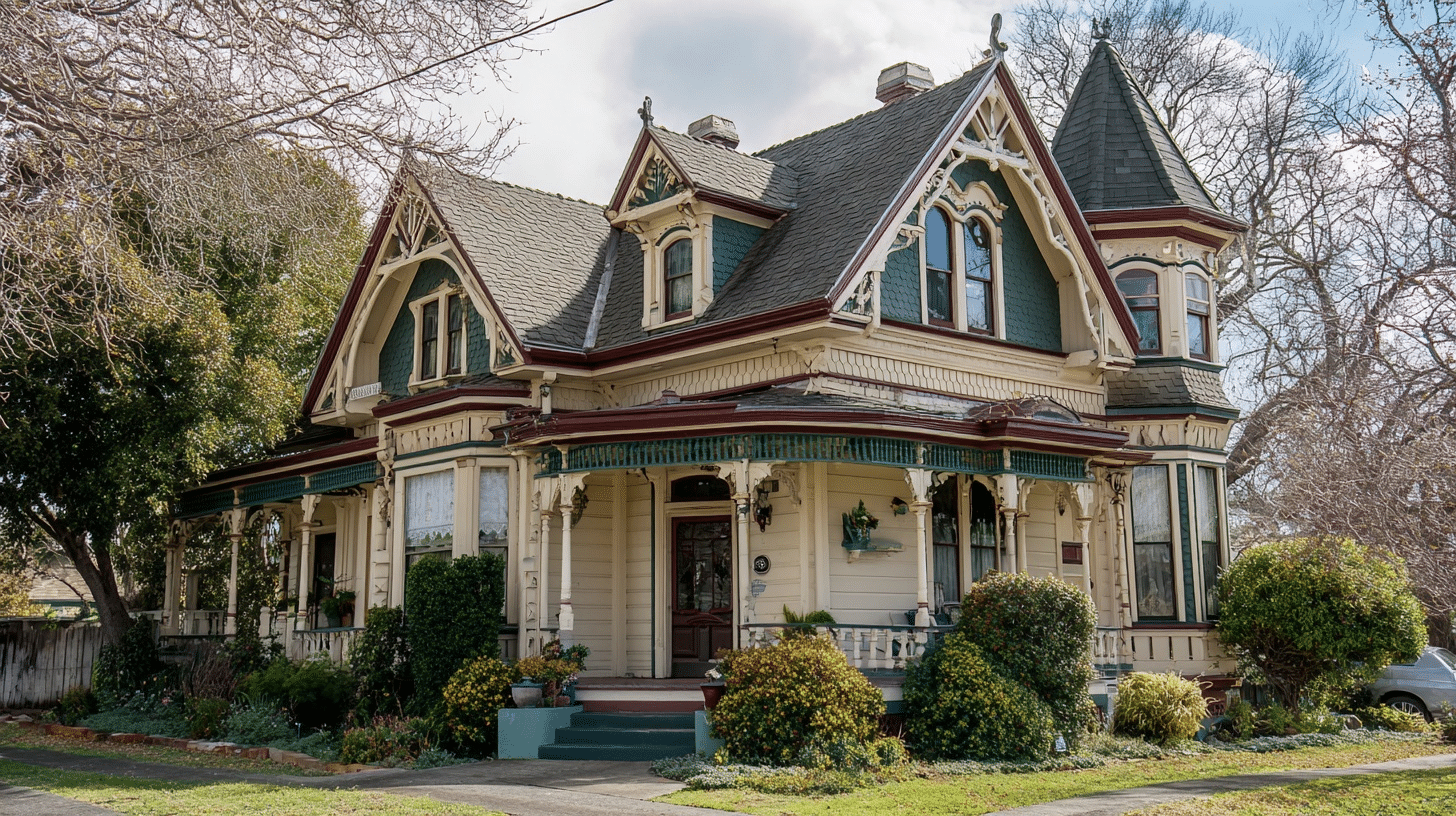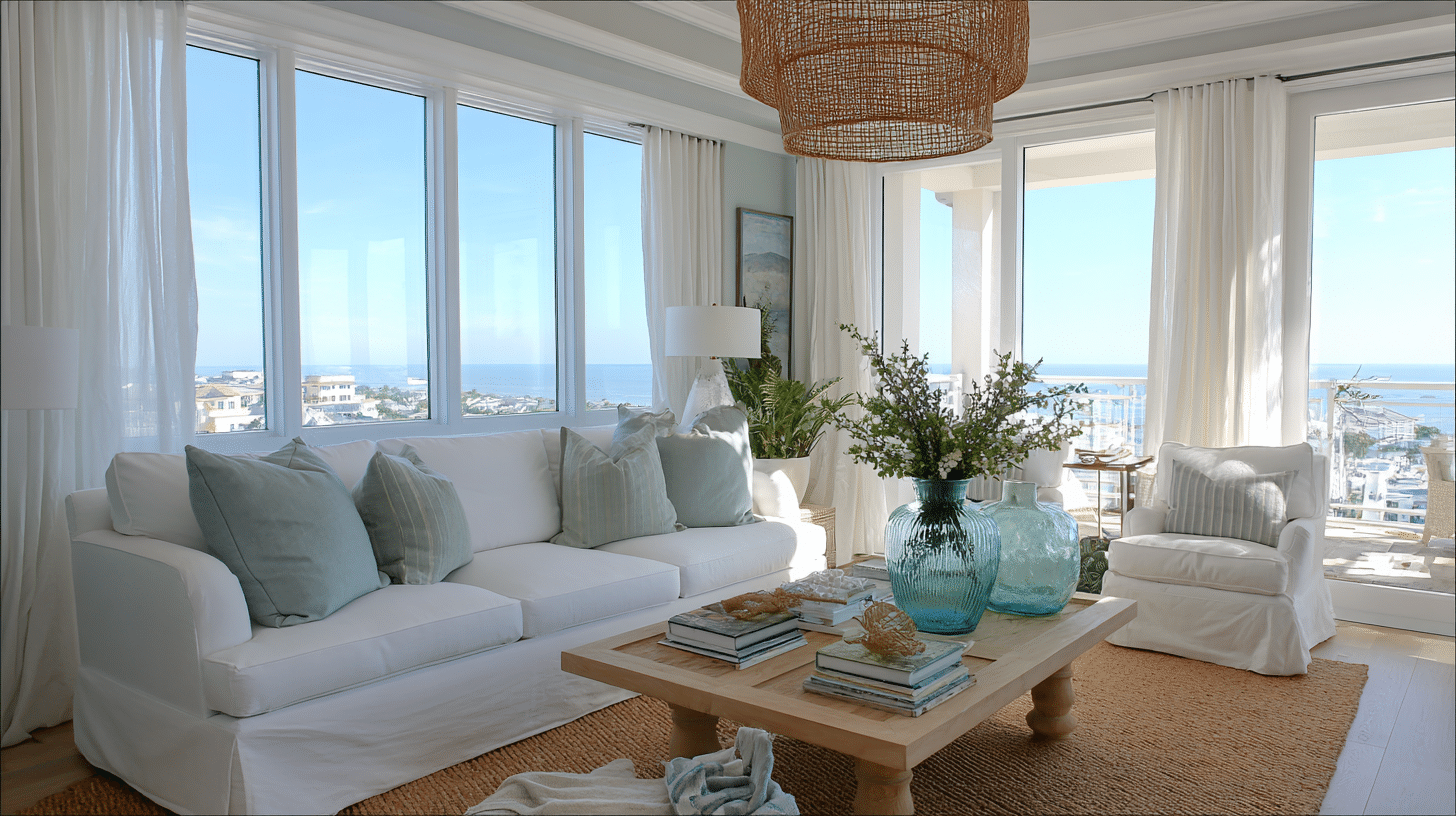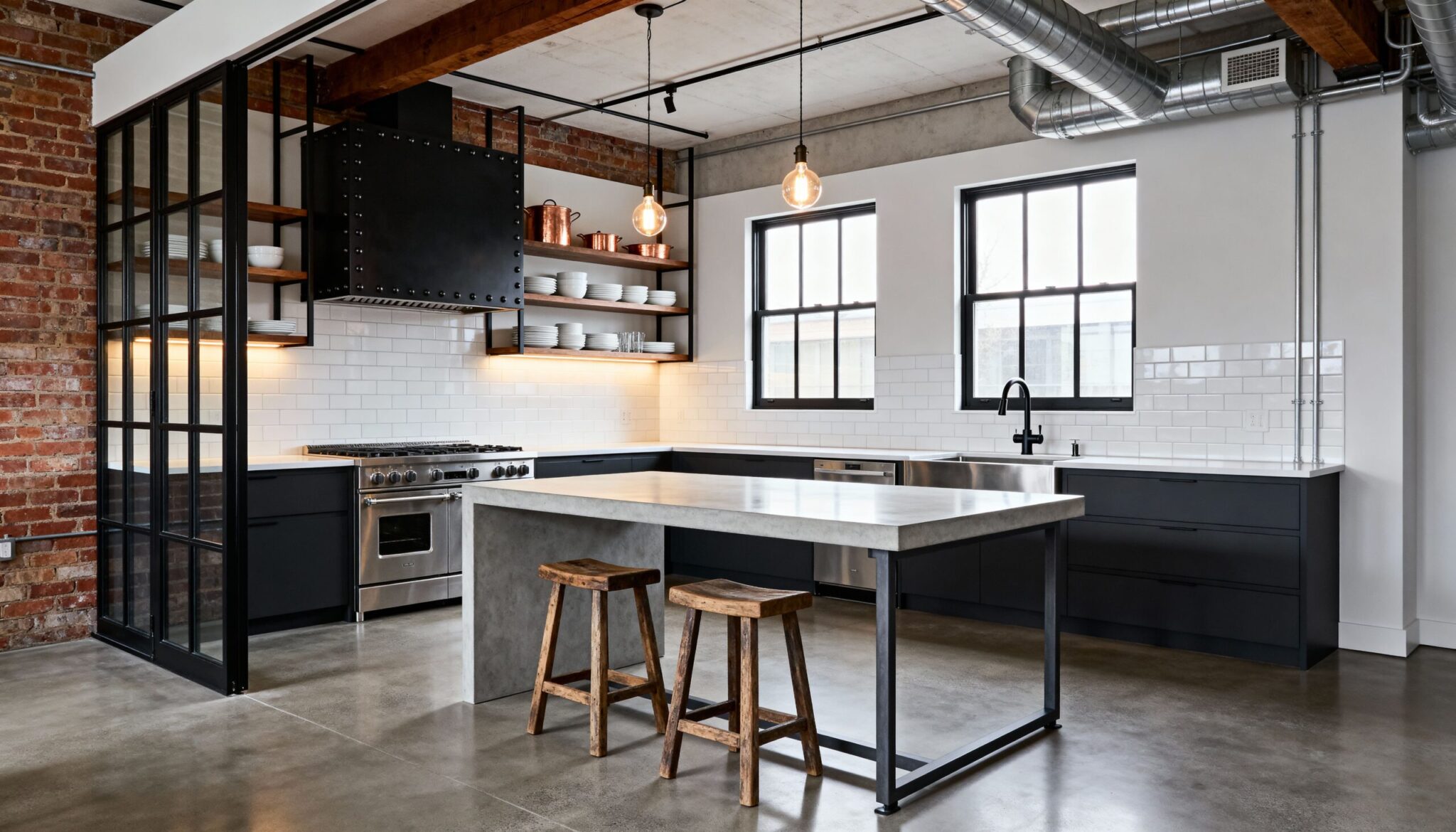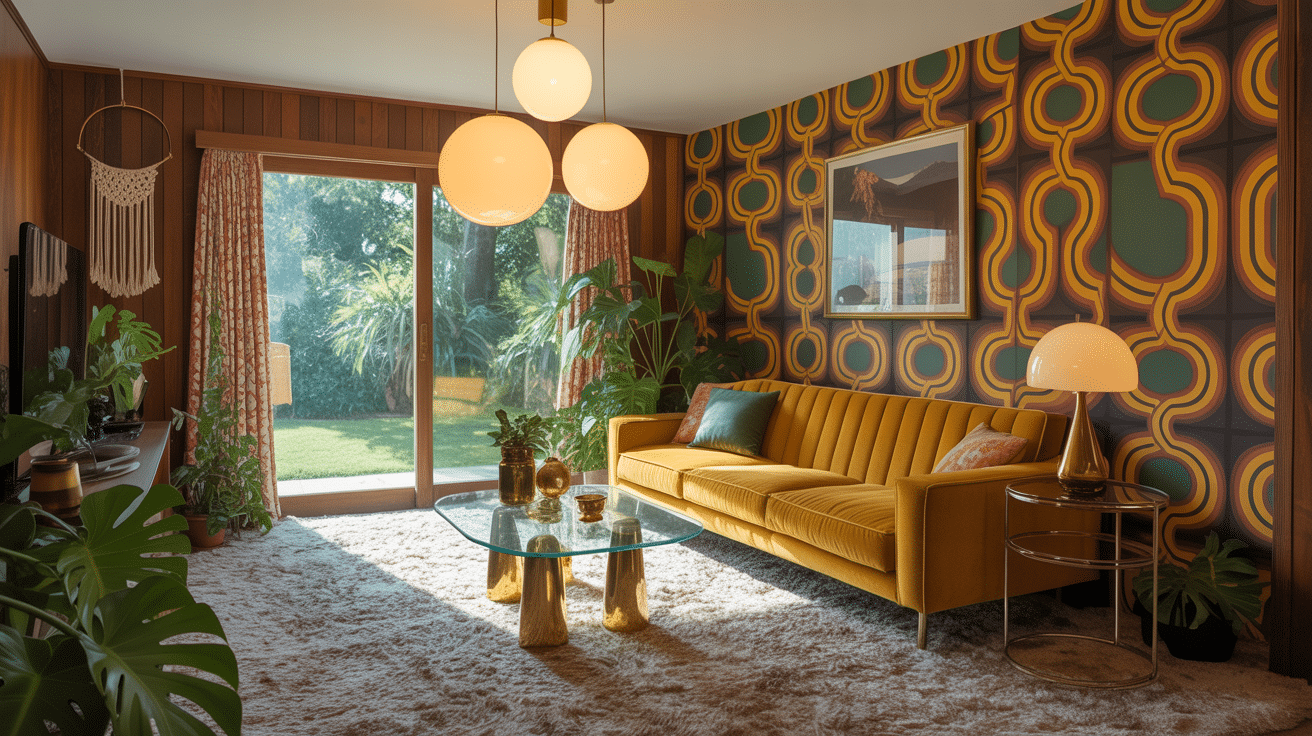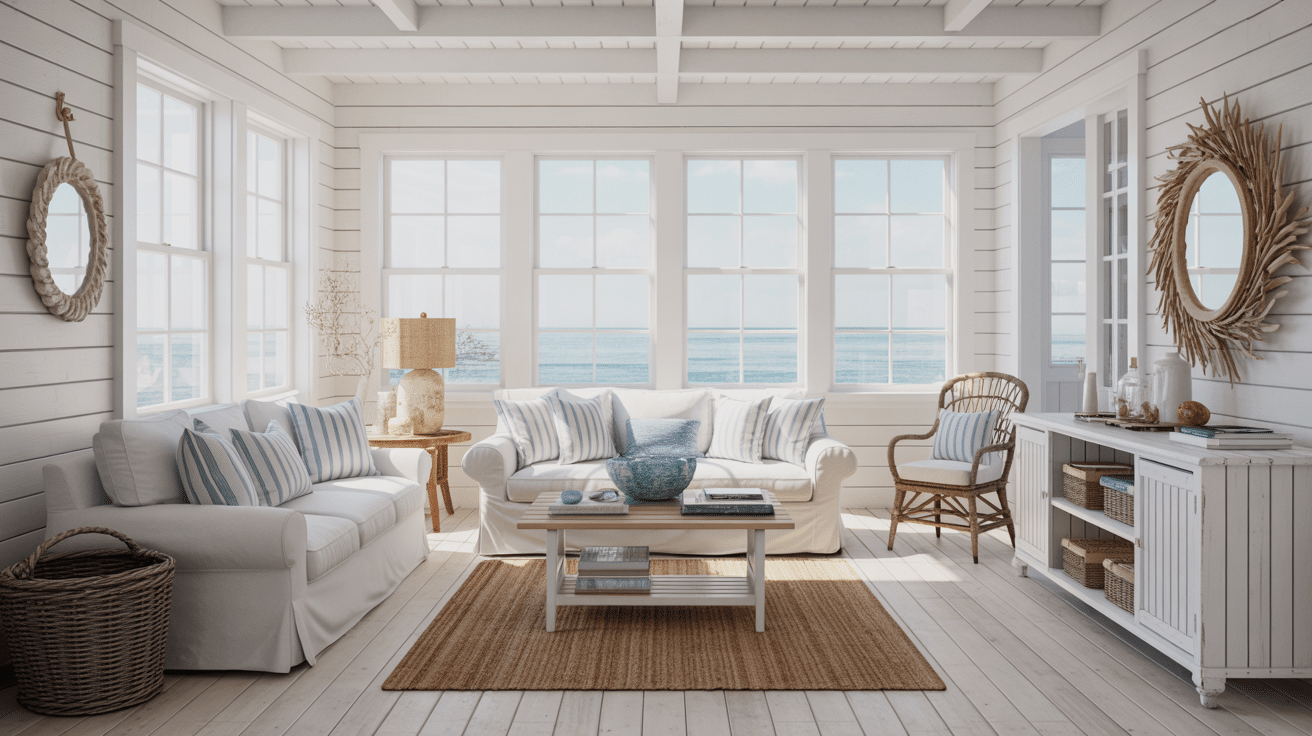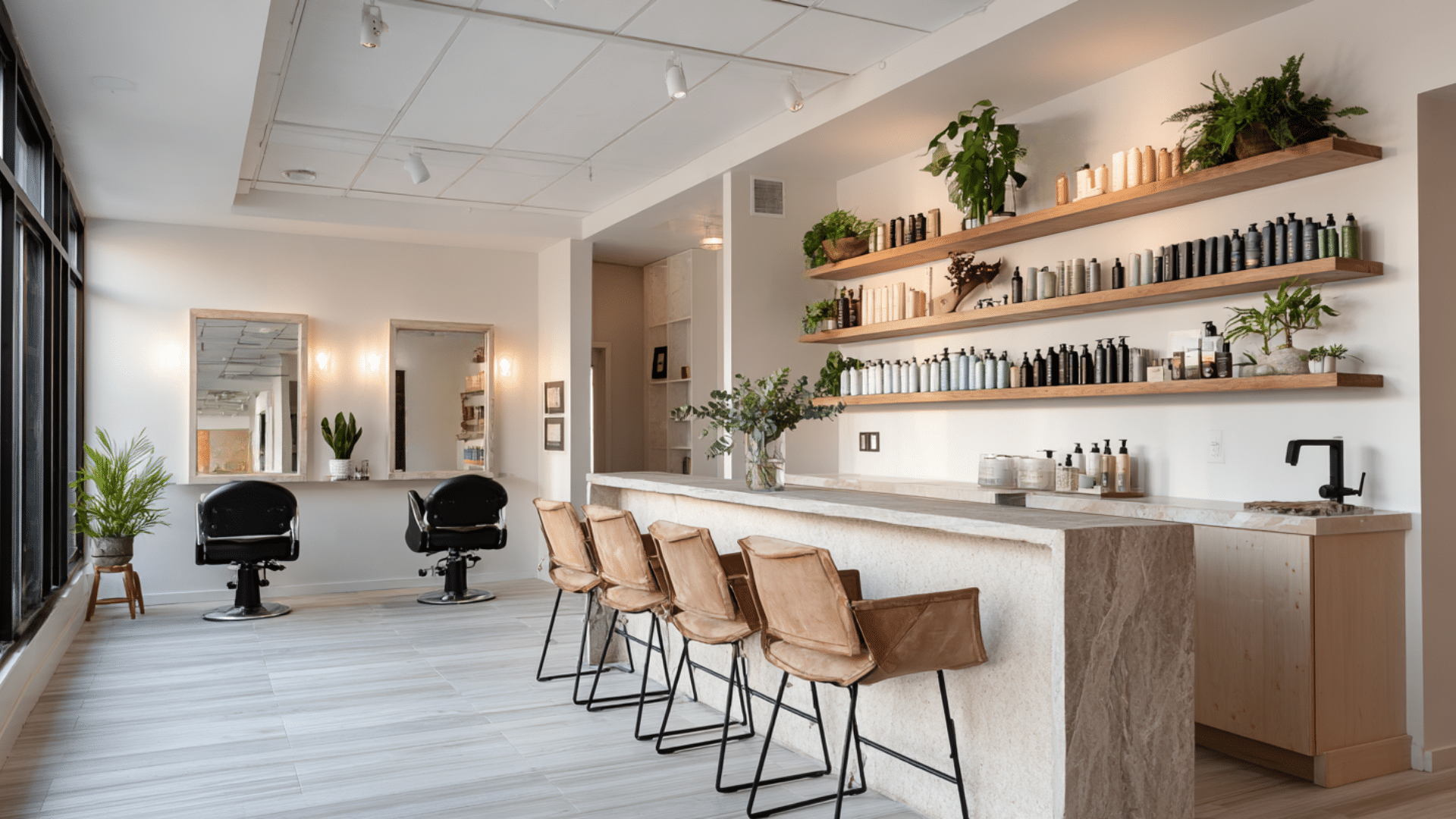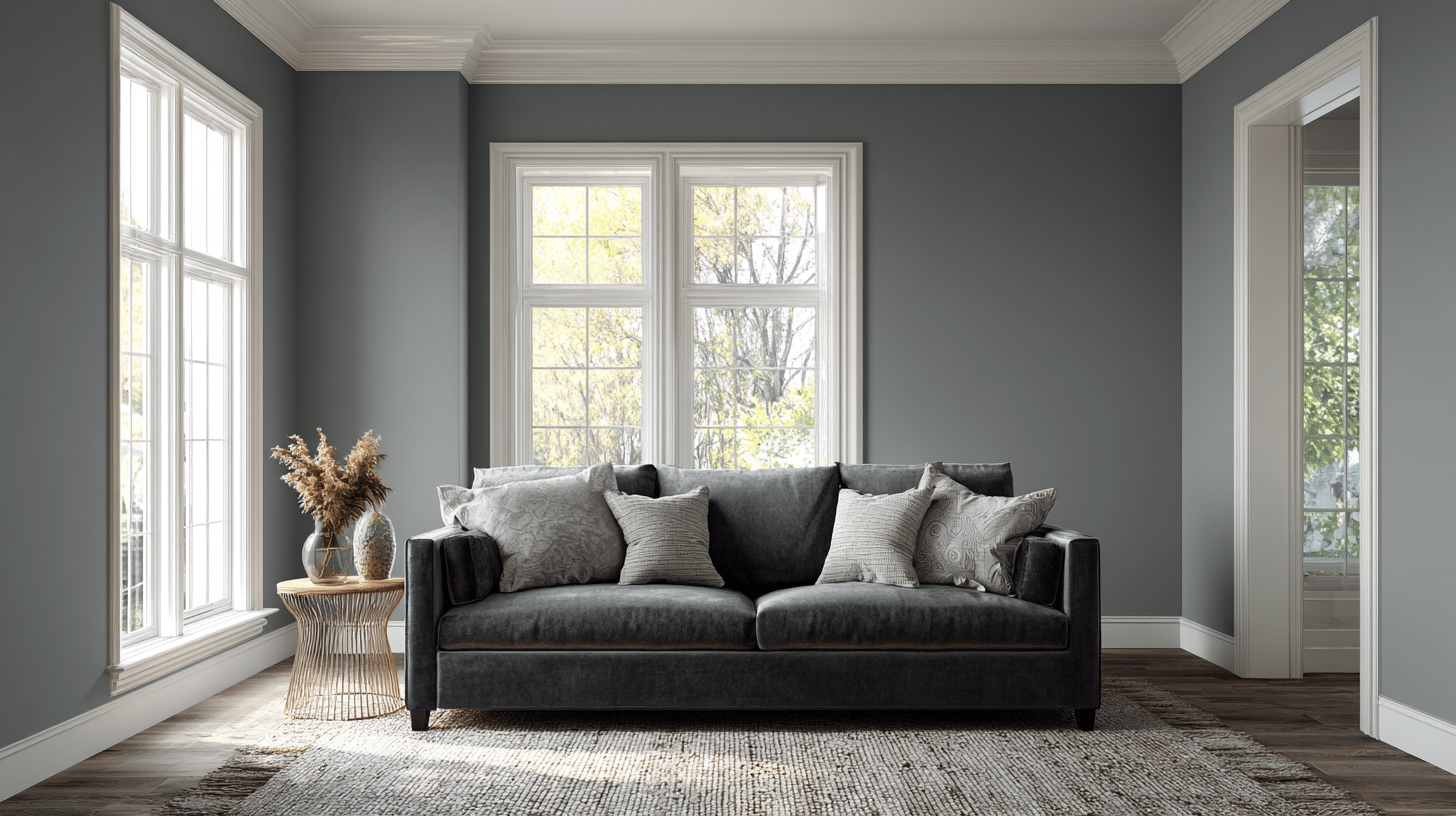History of The Queen Anne Style House
Queen Anne houses did not actually come from Queen Anne’s time.
Victorian architecture arrived in America during the late 1800s, bringing the British Queen Anne Victorian House flair with a distinctly American twist.
The style reached its peak between 1880 and 1910. American builders adapted British Queen Anne’s ideas, making them more detailed. They added more colors, larger porches, and additional decorative elements.
Railroad Boom Connection
Railroads helped spread this style across America. Pre-cut lumber and mass-produced trim pieces made these fancy houses affordable for middle-class families.
End of an Era
By 1910, simpler styles, such as the Craftsman and Prairie styles, had taken over. People got tired of all that maintenance and opted for cleaner lines.
Queen Anne-style houses have become relics of a more artistic era.
Characteristics of the Queen Anne Style House
Every Queen Anne has its own plalette, but they all share some telltale signs that scream Victorian drama queen.
- Steep-pitched roofs that reach for the sky like Gothic cathedrals
- Towers and turrets, because every house needs a fairy tale element
- Decorative trim work that would make a wedding cake jealous
- Multiple textures mix wood shingles, clapboard, and stone like a patchwork quilt
- Tall, narrow windows often grouped in threes for maximum drama
- Complex color schemes using three or more hues to show off
Queen Anne Victorian House Ideas
These Queen Anne house ideas prove that there’s more than one way to rock those towers and turrets.
From classic restorations to modern makeovers, each approach celebrates the style’s theatrical personality while solving real-world living challenges.
1. Classic Painted Lady
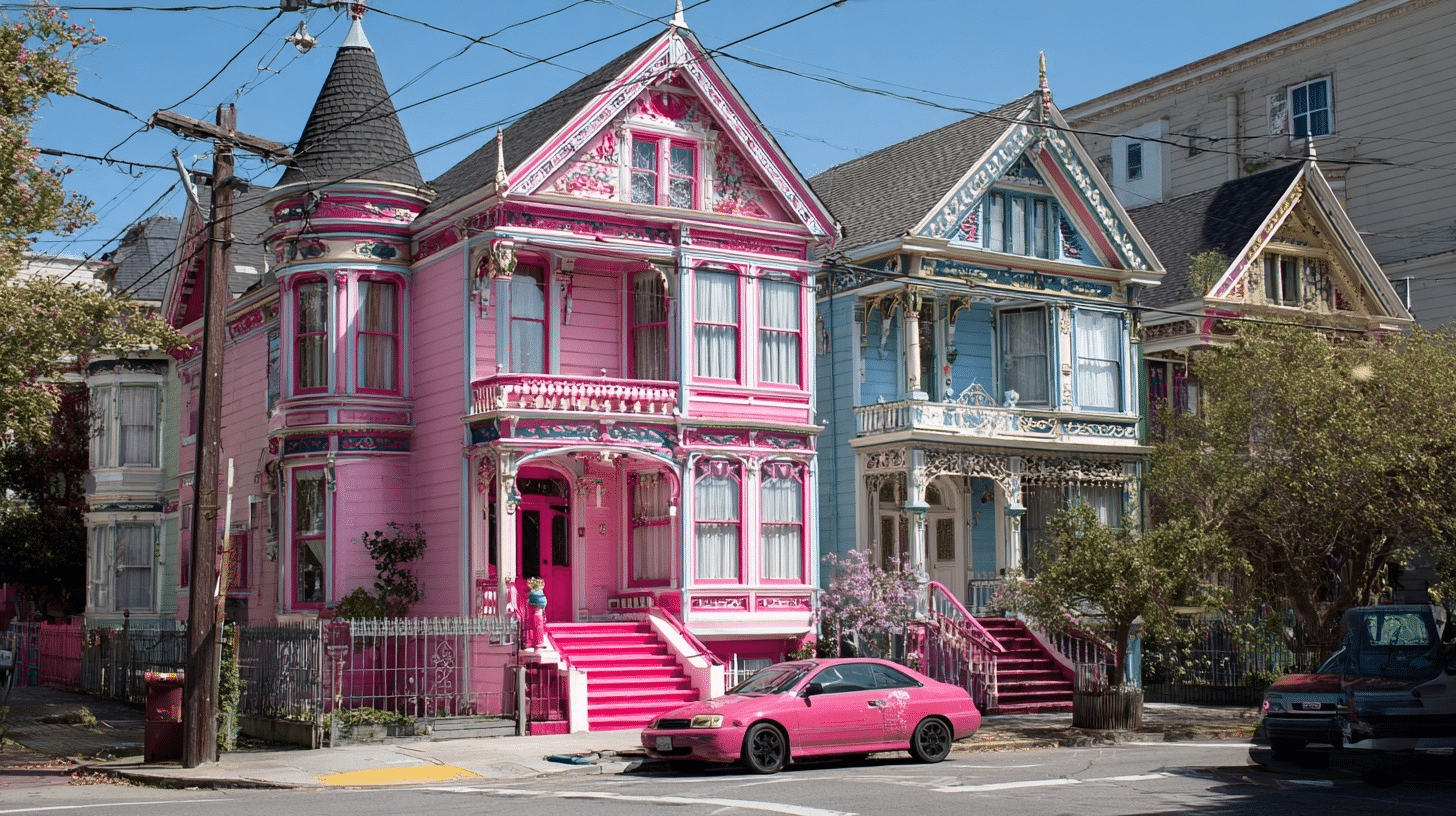
The Queen Anne gets a rainbow makeover with bold colors highlighting every architectural detail.
Think San Francisco’s famous Painted Ladies, but maybe tone down the neon pink. These color schemes turn ordinary trim into artwork that stops traffic and starts neighborhood conversations.
2. Restored Victorian Mansion
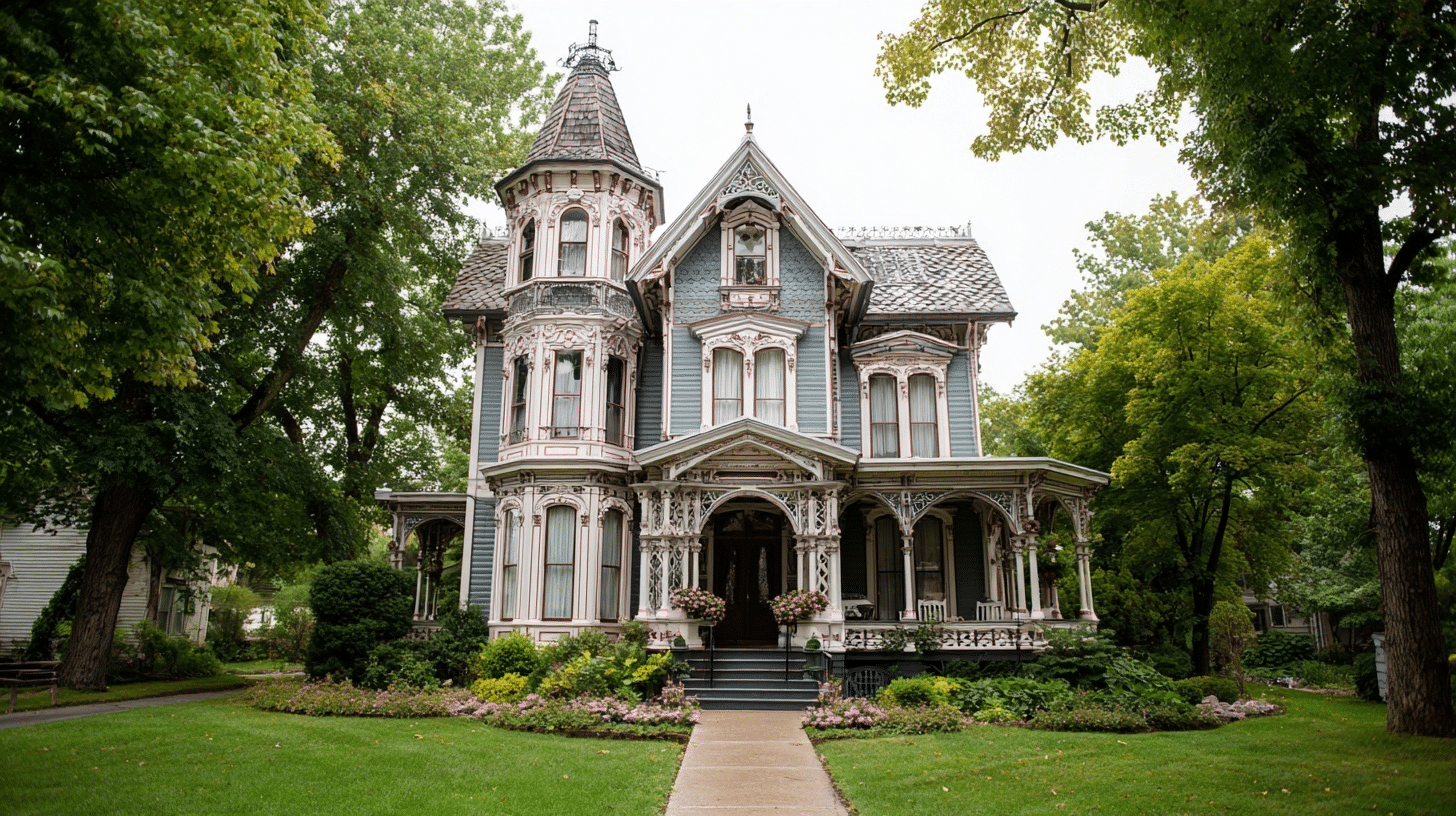
Take a run-down Queen Anne-style house and bring it back to its former glory. Original hardwood floors, restored stained glass, and period-appropriate fixtures create a time machine effect.
It’s like giving Cinderella her ball gown back after years of wearing rags and neglect.
3. Modern Interior Victorian Shell
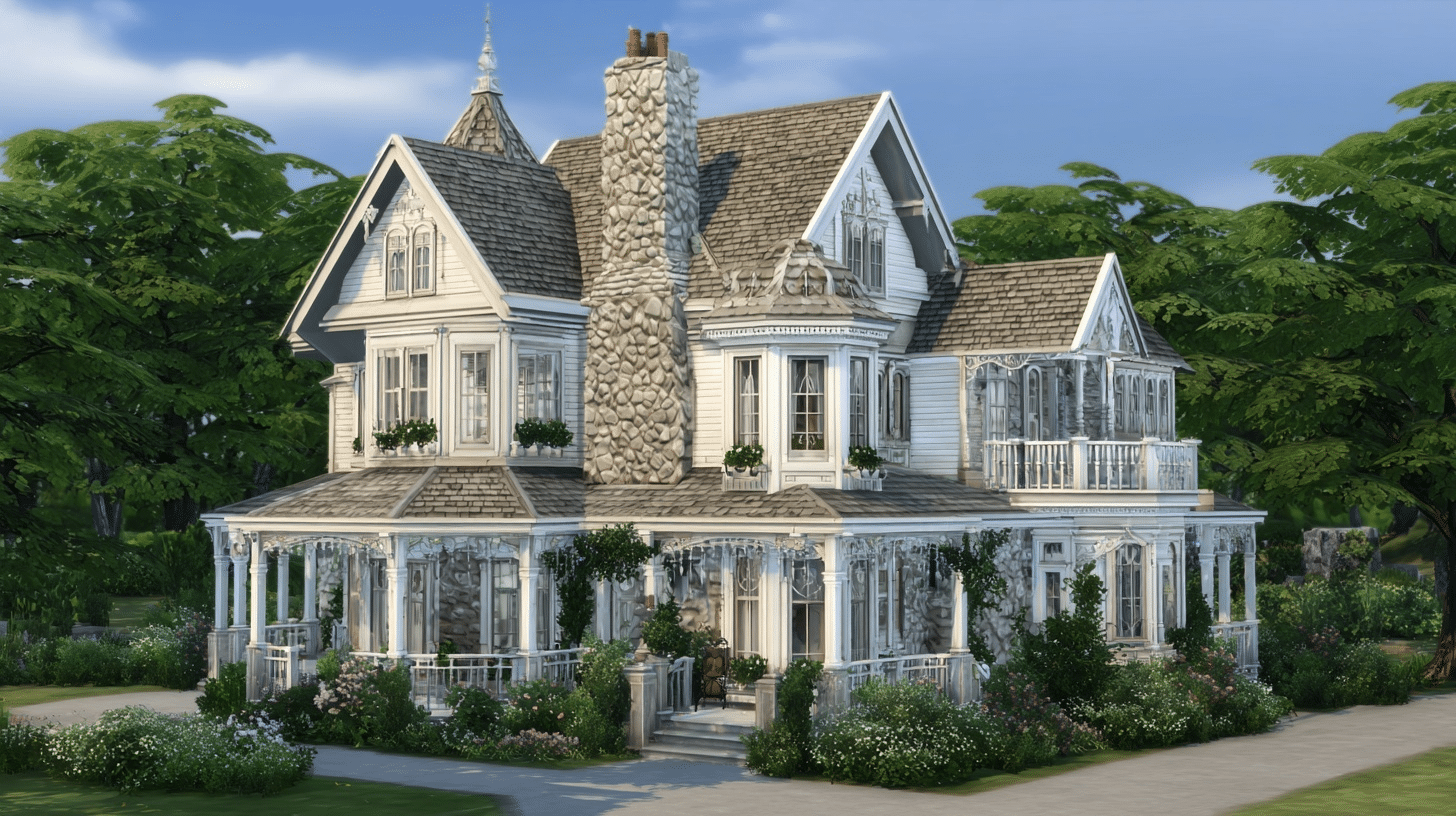
Keep the fancy exterior but gut the inside for contemporary living. Open floor plans, updated kitchens, and modern bathrooms are hidden behind that Victorian façade.
It’s the perfect compromise between historical charm and actually wanting to live comfortably in the 21st century.
4. Bed and Breakfast Conversion
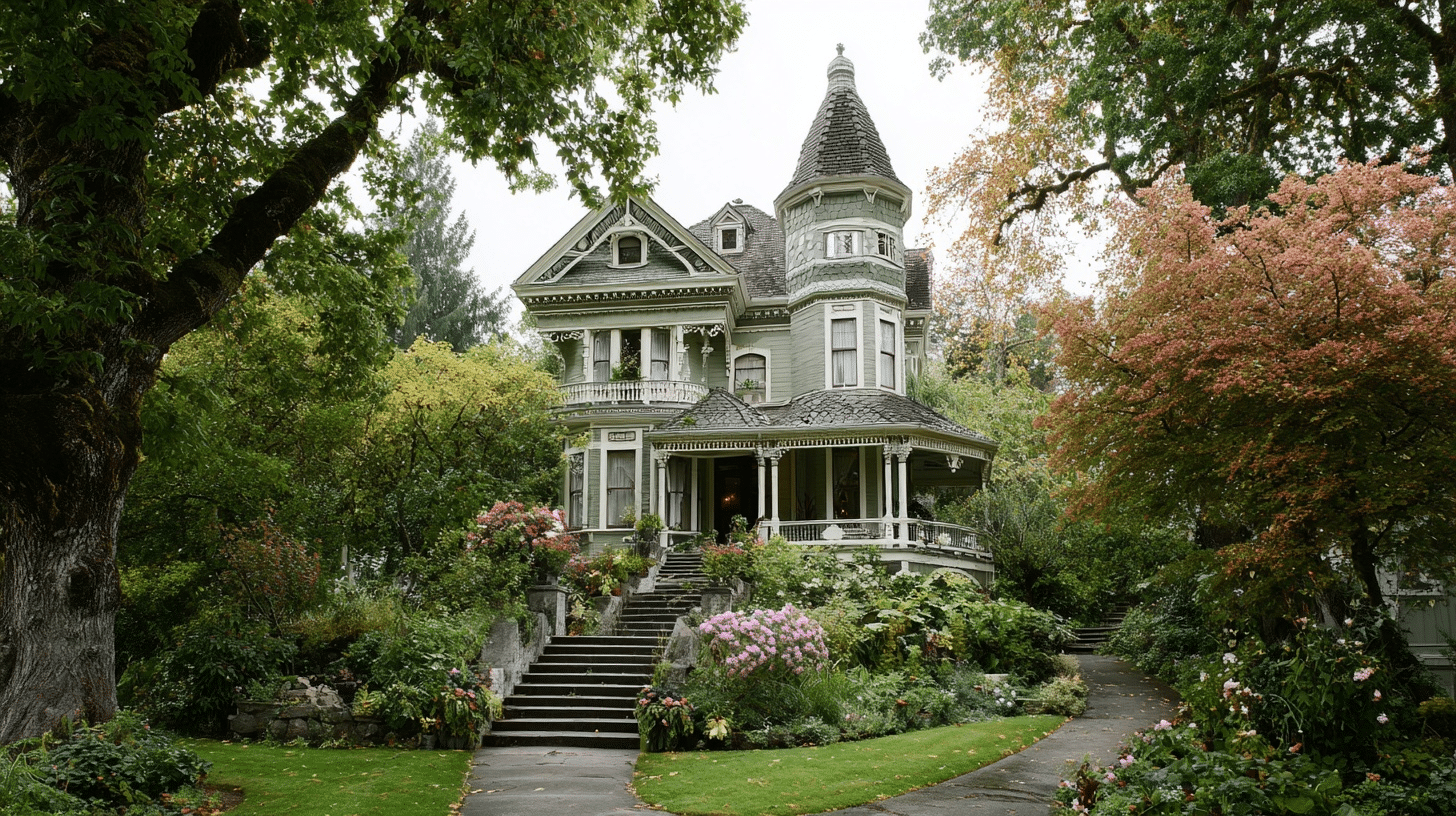
Queen Anne houses make perfect B&Bs because they already look like fairytale accommodations. Multiple bedrooms, grand staircases, and period details create that special experience guests can’t get at chain hotels.
Plus, those towers make excellent honeymoon suites.
5. Artist’s Studio Adaptation
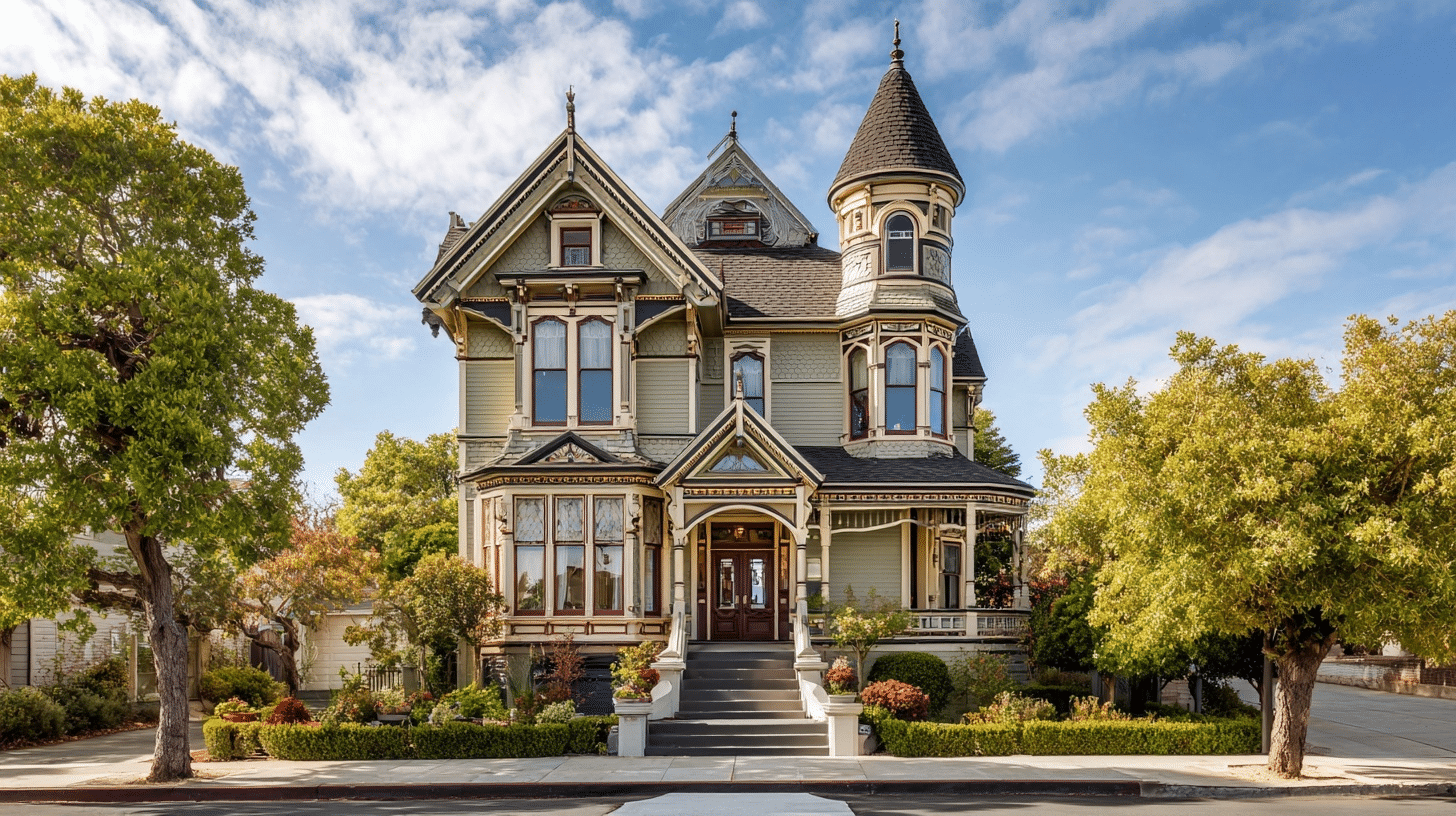
Convert that tower room into the perfect artist’s studio with natural light streaming through those tall windows. The quirky layout provides separate spaces for different creative pursuits.
Victorian houses seem to inspire creativity; maybe it’s all those interesting angles and hidden nooks.
6. Family Home Restoration
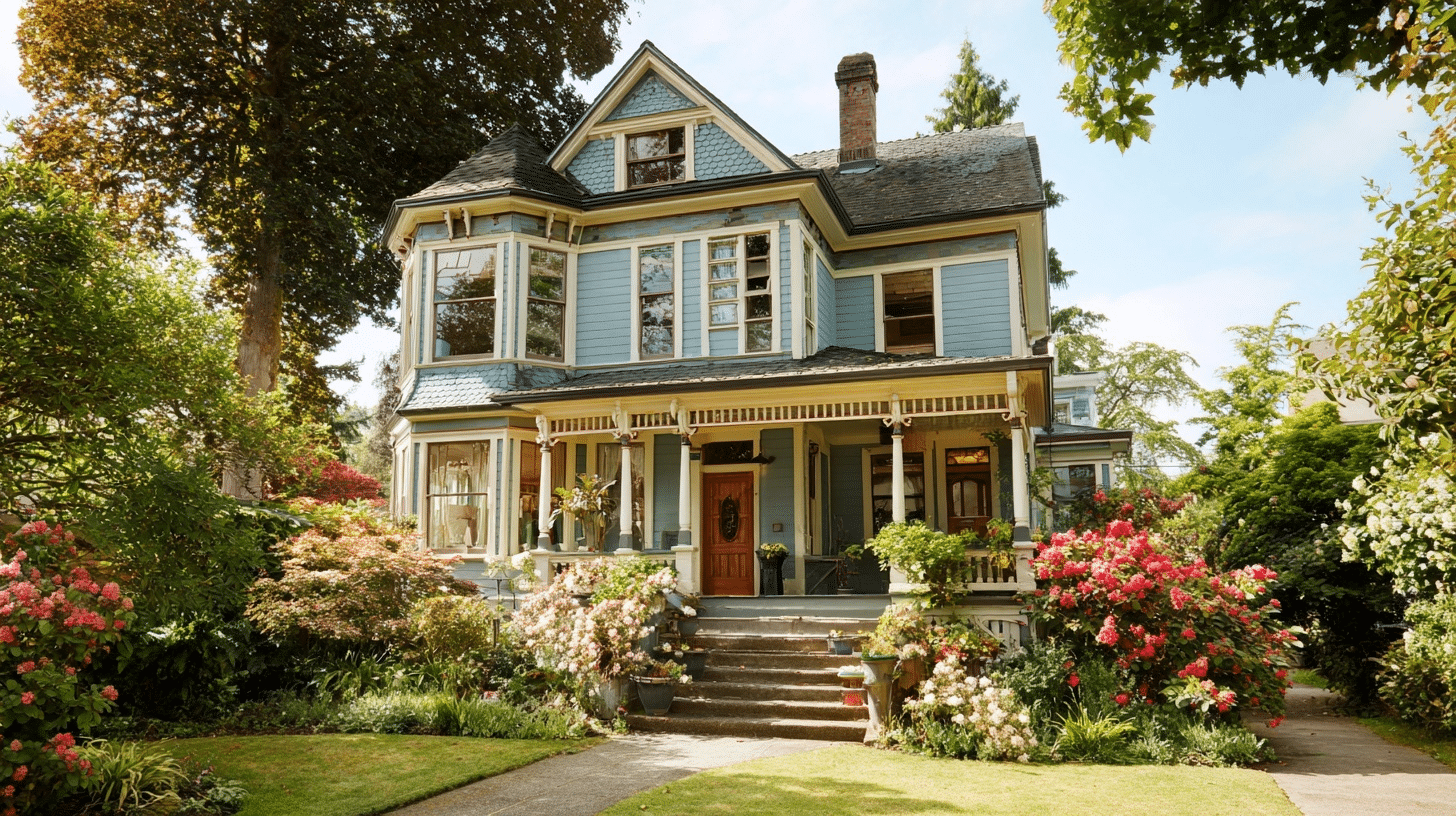
Revitalize a Queen Anne-style home as a family residence with modern safety updates and kid-friendly upgrades. Remove lead paint, update electrical systems, and childproof those staircases.
The result strikes a balance between historical integrity and practical family living needs and requirements.
7. Urban Townhouse Style
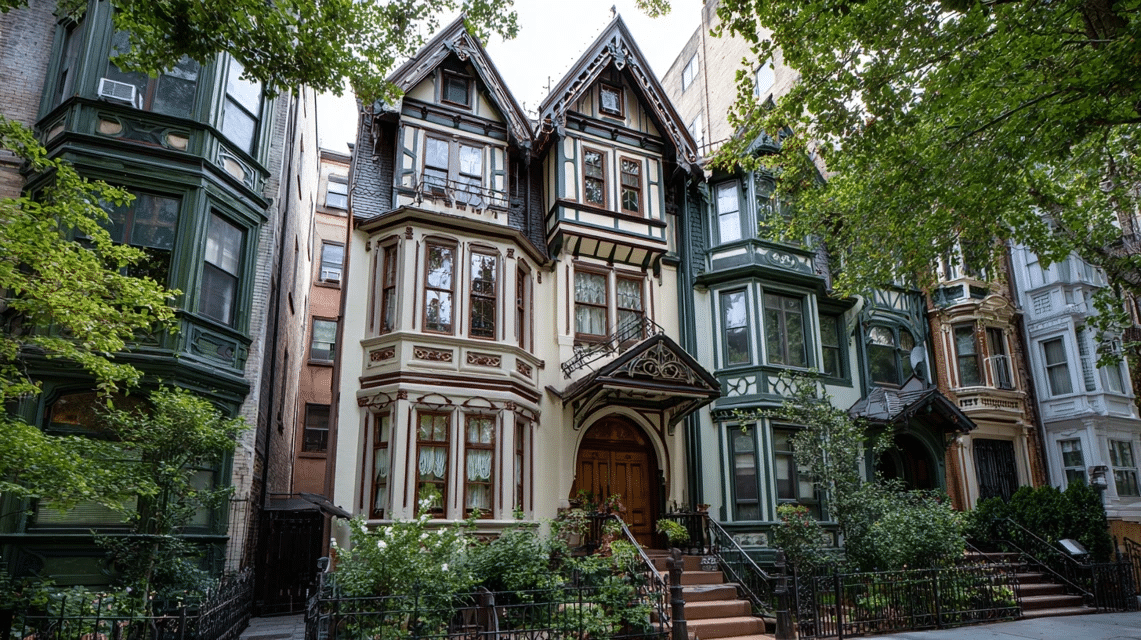
Narrow lot Queen Annes work perfectly in city settings where every square foot counts. Vertical living makes sense with multiple stories connected by grand staircases.
These urban versions often feature smaller yards but compensate with elaborate interior details and efficient space usage.
8. Country Estate Version
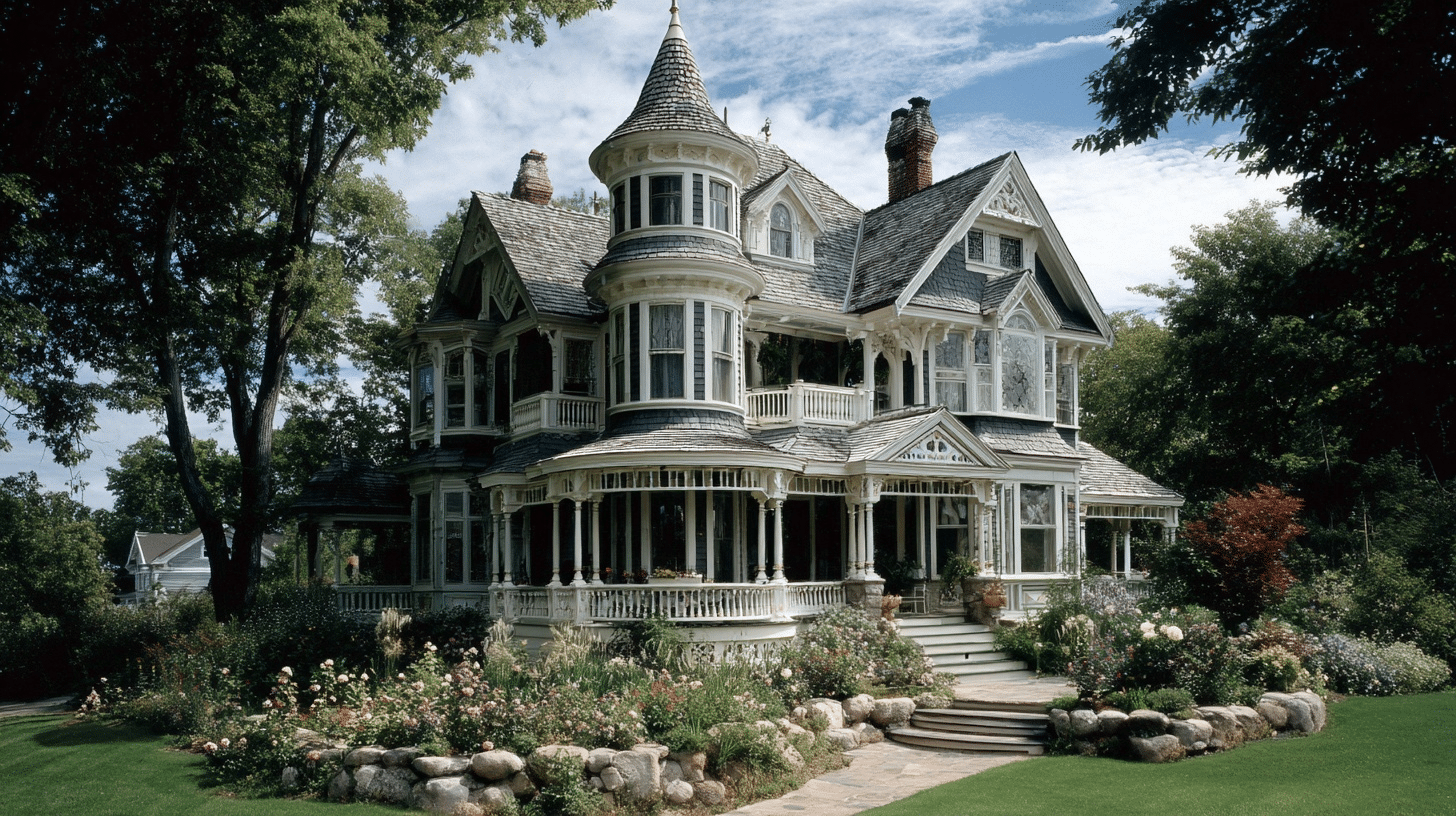
Sprawling Queen Anne Style house on large lots allows for full expression of the style’s grandest elements. Multiple towers, extensive porches, and elaborate gardens complement the architecture.
These rural versions often include carriage houses and other outbuildings that match the main house’s ornate styling.
9. Simplified Queen Anne
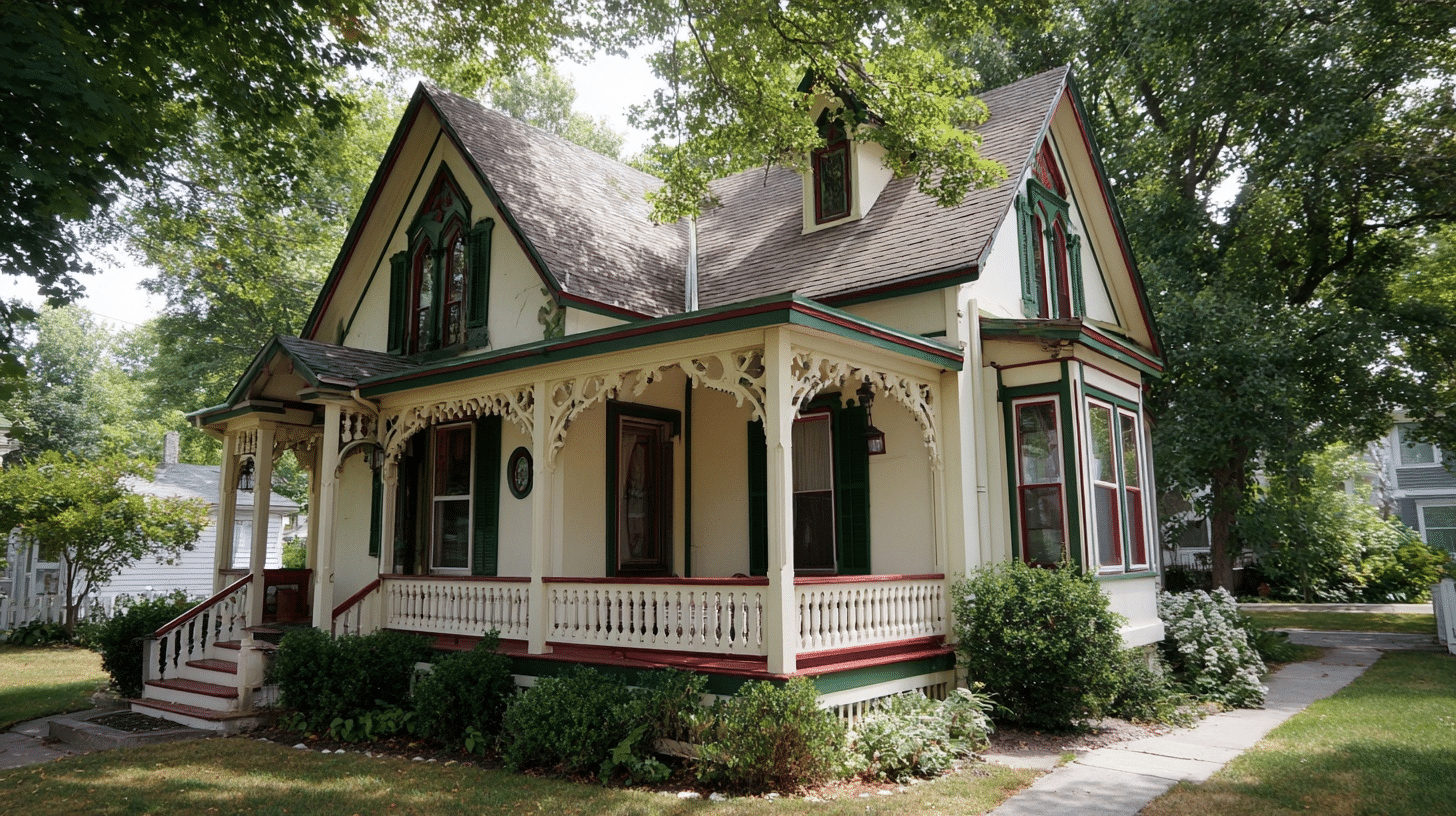
Strip away some of the more intricate details while retaining the basic form and key characteristics. This approach works well for restoration budgets that can’t handle full Victorian excess.
The result maintains the style’s charm without requiring a full-time maintenance crew.
10. Duplex Conversion
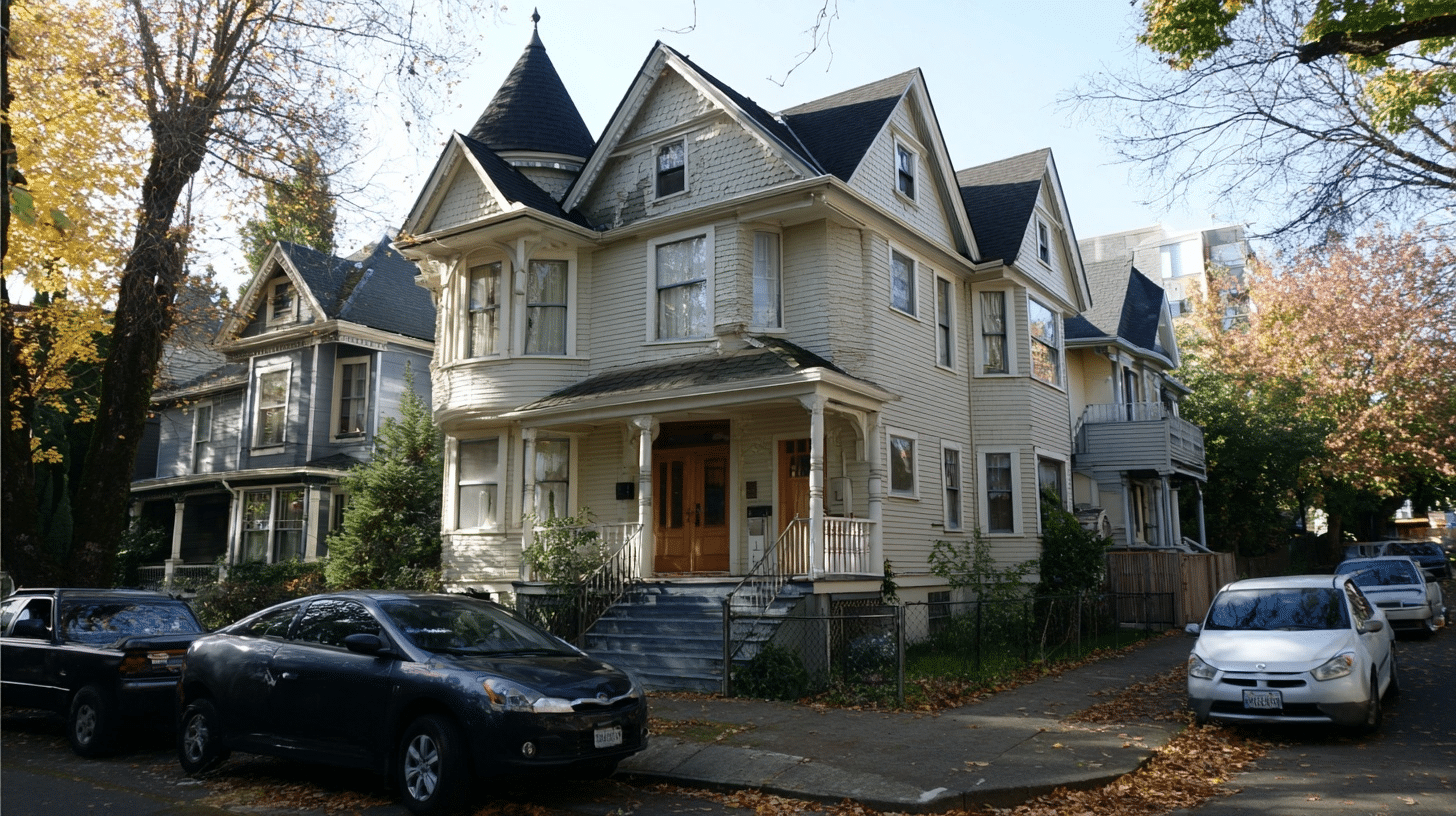
Large Queen Anne Style houses can be converted into duplexes or apartments while maintaining their architectural integrity. Separate entrances, divided utilities, and careful space planning create multiple living units.
This approach helps preserve these houses by making them financially viable for modern ownership and use.
11. Event Venue Transition
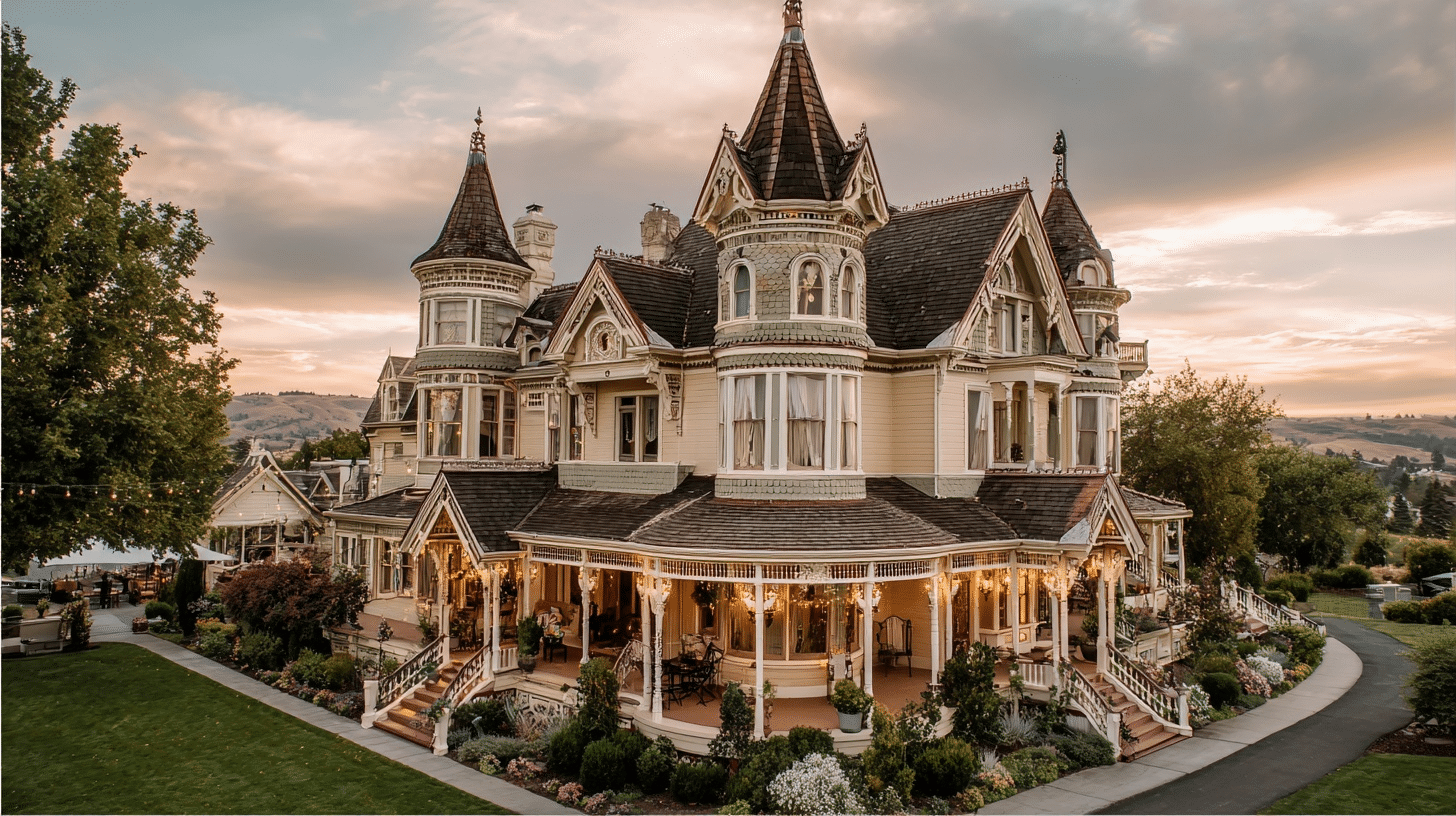
Convert spacious Queen Anne-style houses into venues for weddings, parties, and special events.
Grand staircases, multiple rooms, and wraparound porches create perfect backdrops for memorable celebrations and gatherings.
Conclusion
A Queen Anne-style house remains the attention-seeker of American architecture. It refuses to blend into the background with its towers, colors, and decorative excess that would make even a peacock jealous.
They remind us that homes can be both functional and fantastical.
Which Queen Anne style did you like the most? Share in the comments!

